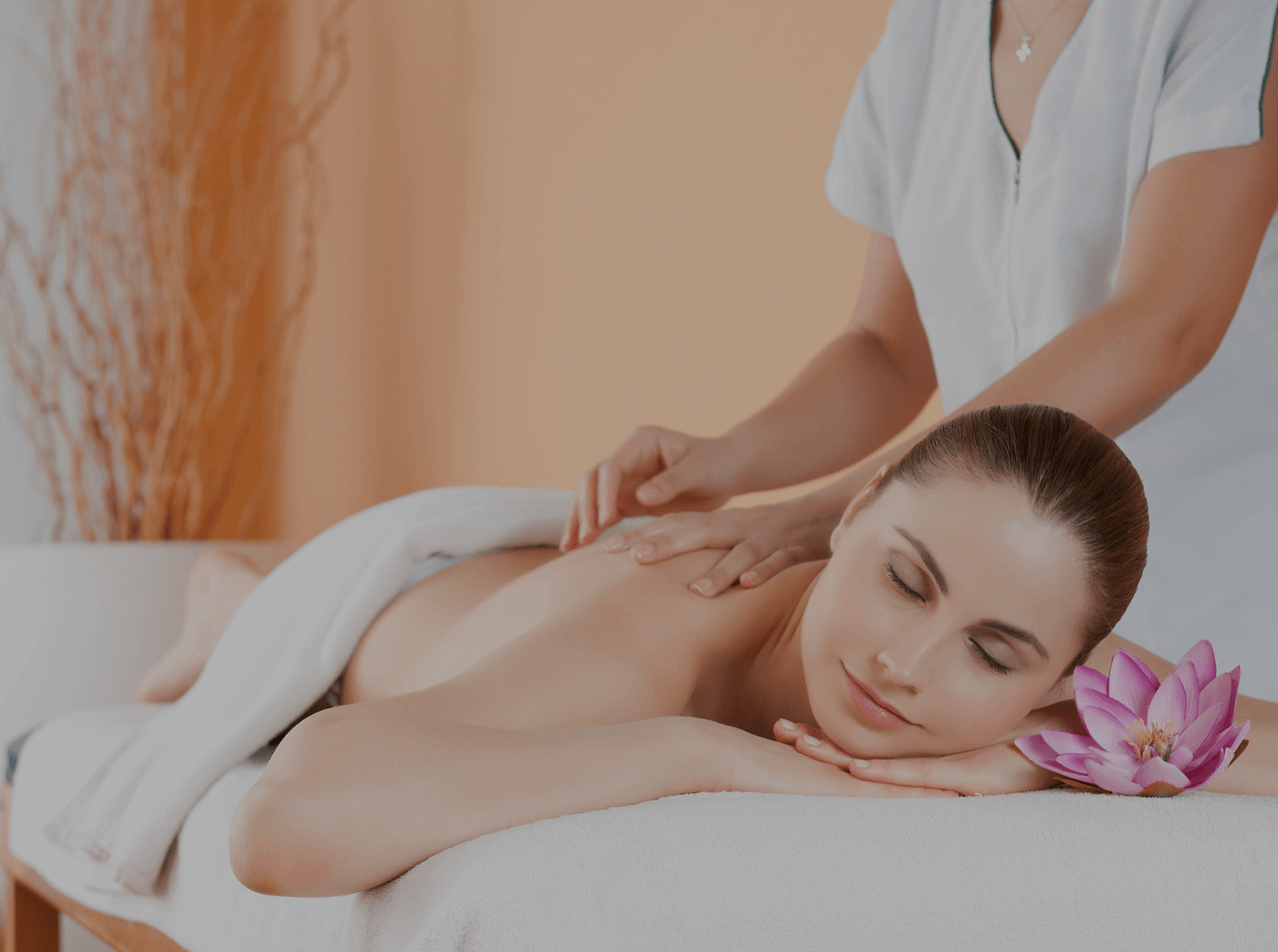
Introduction to Reflexology Reflexology is an old healing method that has actually been used for hundreds of years to promote relaxation, enhance blood circulation, and support the body’s all-natural healing processes. This holistic treatment is based on the concept that details factors on the hands, feet, and ears match to various organs and systems within the body. By applying pressure to these response factors, specialists intend to boost the body’s own healing mechanisms and bring back balance.
The History and Origins of Reflexology The origins of reflexology can be traced back to ancient civilizations, including Egypt, China, and India. Evidence of foot and hand treatment has been located in old Egyptian tombs, dating as far back as 2330 BC. In standard Chinese medication, the concept of “qi” or life force power flowing via meridians in the body shares similarities with reflexology concepts. The modern-day method of reflexology as we recognize it today was established in the early 20th century by Dr. 秋葉原 and later on fine-tuned by Eunice Ingham, typically described as the “mother of reflexology.”
Just How Reflexology Works Reflexology is based upon the concept that the hands, feet, and ears are mini-maps of the whole body. Each location is believed to represent a particular body organ, gland, or body component. By applying pressure to these reflex points, reflexologists aim to:
Improve flow Promote leisure and stress and anxiety alleviation Stimulate nerve feature Boost the body immune system Encourage the body’s natural healing refines Foot Diagram Head/Brain Digestive System Spine Benefits of Reflexology While more research study is required to fully recognize the effects of reflexology, many individuals report experiencing numerous advantages from regular sessions, consisting of:
Decreased stress and anxiety and anxiety Improved rest top quality Relief from migraine headaches and migraines Alleviation of digestive system problems Enhanced state of mind and psychological wellness Increased power degrees Improved circulation What to Expect During a Reflexology Session A common reflexology session lasts in between 30 to 60 minutes. During the therapy, you’ll usually be seated or relaxing pleasantly. The reflexologist will certainly begin by analyzing your feet and then use their hands to apply stress to details response factors. The pressure applied can vary from gentle to company, depending on your choices and needs. Some areas may really feel more delicate than others, which could suggest imbalances in matching body components.
Conclusion Reflexology uses an all-natural, non-invasive strategy to promoting general health and resolving various health concerns. While it needs to not be taken into consideration an alternative to clinical therapy, several individuals find reflexology to be a beneficial corresponding treatment that supports their wellness and wellness objectives. Just like any type of alternate treatment, it’s vital to seek advice from with a healthcare professional before starting reflexology, specifically if you have any underlying health and wellness conditions or issues.
Can Reflexology Help with Migraines?
Categories: